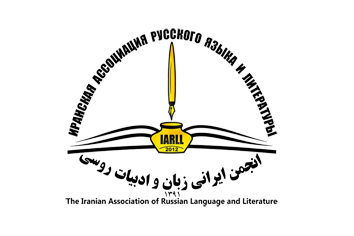Time and setting in A.P. Chekhov's play "Seagull" and their transformation in B. Akunin's play " Seagull "
Keywords:
A.P. Chekhov, Boris Akunin, Artistic Time, Art Space, The Transformation of The Space-Time CharacteristicsAbstract
The article is devoted to the characteristics of time and setting in A. P. Chekhov's play "the Seagull" and their transformation in the post modernistic text by Boris Akunin, created as the sequel to Chekhov's "Seagull." The article notes that the specificity of the author's reflection of time and setting is the key to understanding author's worldview, so transcoding B. Akunin Chekhov's text carries an additional meaning, the identification of which is very significant for comprehending the text to the language of the new era. Thus, the comparison of the two plays, written within the tradition of realism (Anton Chekhov) and postmodernism (B. Akunin) allows revealing the peculiarities of the dialogue in different periods of the literature history. In the article common to the two pieces of time and setting characteristics, marking the continuity of dramaturgy, and specific, individual, representing the innovation in constructing the storyline of a dramatic work.
Downloads
Published
How to Cite
Issue
Section
License
Copyright (c) 2022 Issledovatel'skiy Zhurnal Russkogo Yazyka I Literatury

This work is licensed under a Creative Commons Attribution 4.0 International License.
![]()
"Creative Commons Attribution 4.0 International (CC-BY 4.0)"


